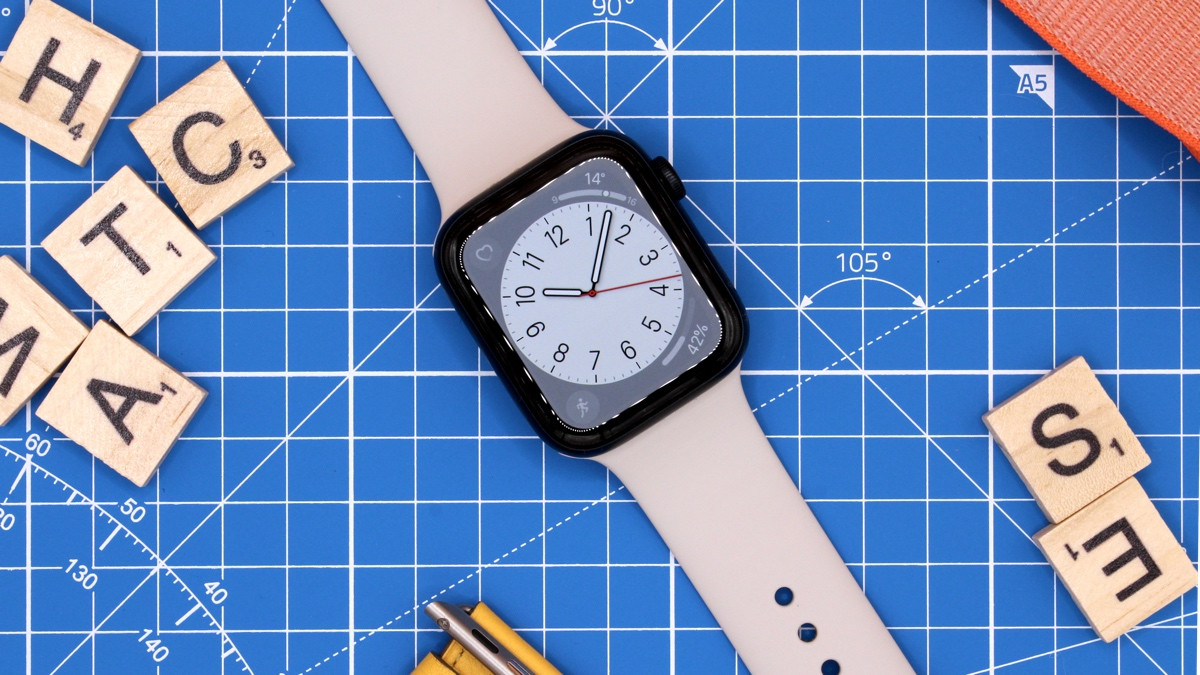
- Tracking is very accurate
- S8 chip provides very smooth experience
- Superb value
- Battery life hasn't progressed
- Design is starting to look a little old
- No always-on display
When Apple released the original Watch SE back in 2020, it instantly became our go-to recommendation for those hunting a smartwatch - if you were an iPhone user, at least.
Between then and the release of the updated second-gen model, though, things have changed.
The Apple Watch family now consists of three members, thanks to the arrival of the Ultra, and the mid-range Series models now actually represent a considerable upgrade. The latest, the Series 8, has continued to build on the fresher, cleaner look introduced through the Series 7 with even more health features.
> watchOS 10: All the new features coming to Apple Watch
No longer is the SE sitting above the tired and aged Series 3, either, which has now mercifully been put to rest after years of being wheeled out as the defacto entry-level model.
The new entry-level Apple Watch SE still has plenty to shout about, though. It runs the same software, on the same chip, and with the same battery life and core features as the Series 8 – all for $150 less.
We've been putting it to the test over the last few weeks to discover who it's made for.
Who's the Apple Watch SE for?
Wareable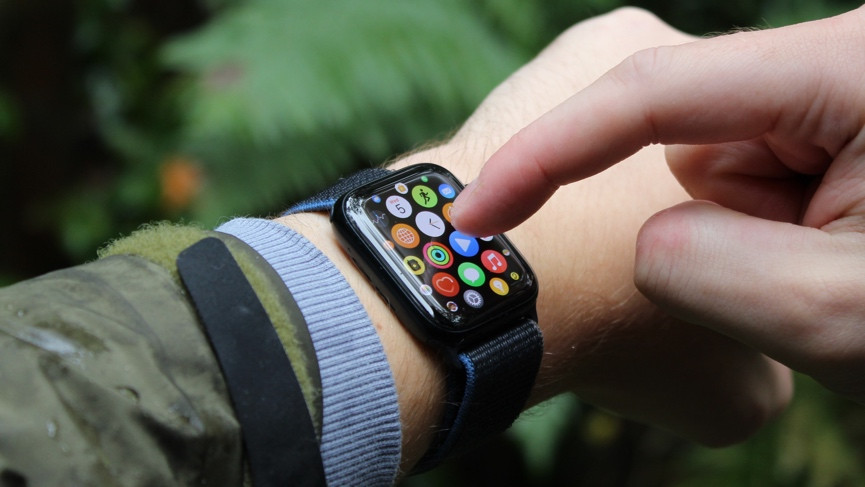
The general look and feel of the SE 2 – which uses the Series 4 - 6 40mm/44mm case design – feels a little more tired this time around.
Going from an always-on display to one that requires a tap or wrist raise feels like a real downgrade, and it does dampen the heart of the experience.
That was the case for us, at least, but it's also true that anybody who hasn't been up close and personal with the Series 7 or Series 8 and experienced the true edge-to-edge display wouldn't necessarily spot the difference.
Wareable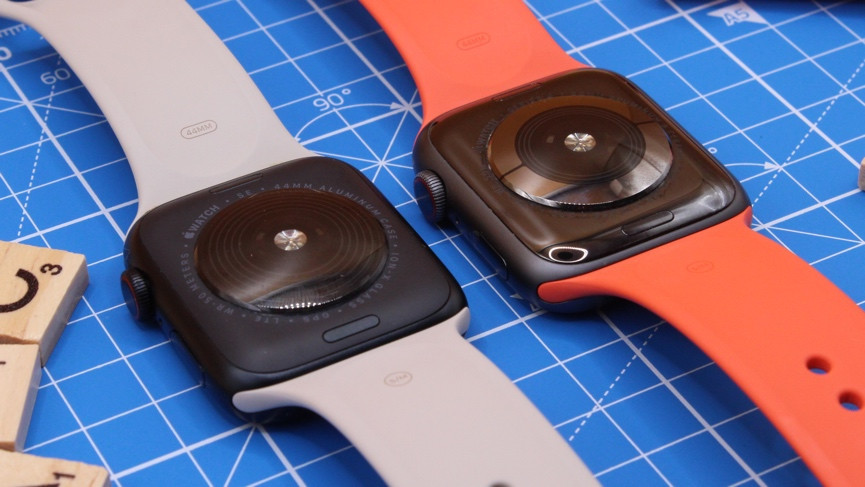
Really, the Apple Watch SE is perfectly good for first-time smartwatch owners, seniors looking to take advantage of Fall Detection, or teens accessing the device via Family Setup. There are tons of people for who the Watch SE is made to measure.
Going from an always-on display to one that requires a tap or wrist raise feels like a real downgrade
That's not to say there's been no change completely from the first SE, though - the differences just happen to be minimal.
Apple has replaced the rear of the watch with a new nylon composite material, seen above compared to the Series 4, which matches the case color. It's hard to get too excited about this, given that it'll be taped against your wrist, but it does reduce the weight of the watch considerably.
It makes it a much nice fit for smaller wrists, especially when you consider the 40mm Watch SE is now the smallest of the entire Apple range. It can work out at anywhere from 5 - 18 grams lighter than the Series 8, too.
Wareable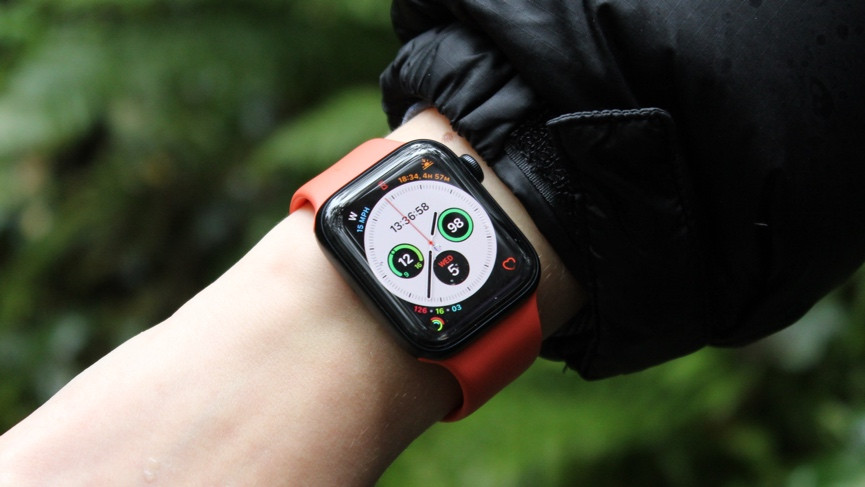
All in all, the design here follows a similar story to the iPhone SE - a device that somehow still manages to feature two black bars at the top and bottom of the display. It's functional, but it's not en vogue any longer, but, thankfully, the old-style look is really the biggest concession you'll have to make with the SE.
Design, power and performance
Wareable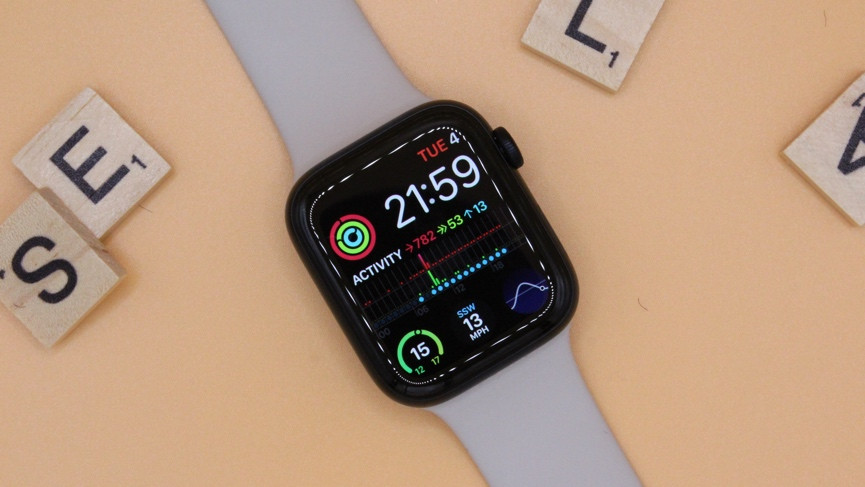
While the look of the SE is now dated, the software is where this watch really shines. In terms of the core features, you're getting the same core features as Series 8 and Ultra owners - and that's kind of incredible, given the price disparity.
By housing the same S8 chip as the latest Series watch, too, the watchOS 9 experience is very smooth - and will likely continue to be for the next few big software updates.
For those simply looking to track the occasional bit of exercise, what the SE provides is unparalleled
If you're new to the smartwatch scene, watchOS also still represents the friendliest landing spot.
Apple Watch app support is unmatched, with countless third-party options like Spotify and Strava, notification support and hand-holding with the iPhone are seamless, and the tracking experience really is about as accurate as you're going to get.
Wareable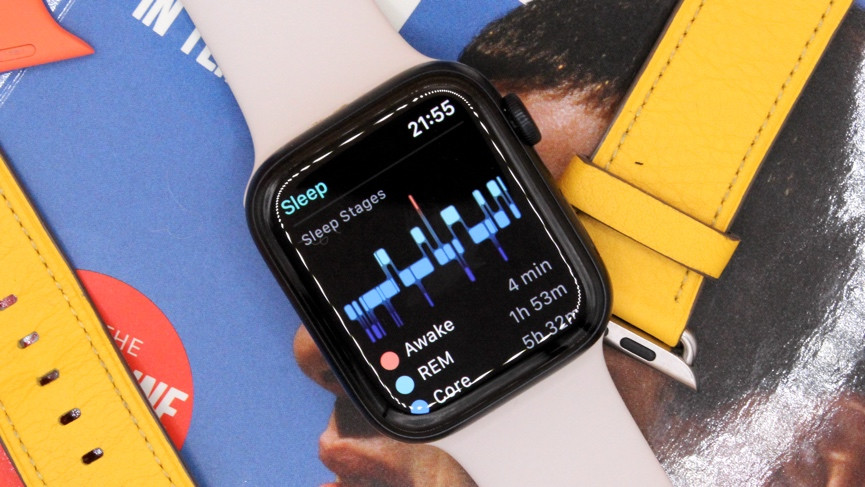
We've been testing the Apple Watch alongside a Garmin during exercise, sleep and in general wear, and the basics never really fail to match up.
Over 10 runs and strength training sessions, the pair were pretty much identically tracking our heart rate the entire time - and, if anything, the SE's heart rate monitor was able to more accurately respond to dips between sets or a change in running pace.
Of course, the insights aren't on the same level as your average sports watch, but they also don't have to be. For those simply looking to track the occasional bit of exercise - untethered, and with the option of offline music playback via Spotify or Apple Music - what the SE provides is unparalleled.
Still, it doesn't have the same advanced health metrics as the pricier Series 8. You miss out on ECG, and also SpO2 tracking, which will be a miss for some people.
Wareable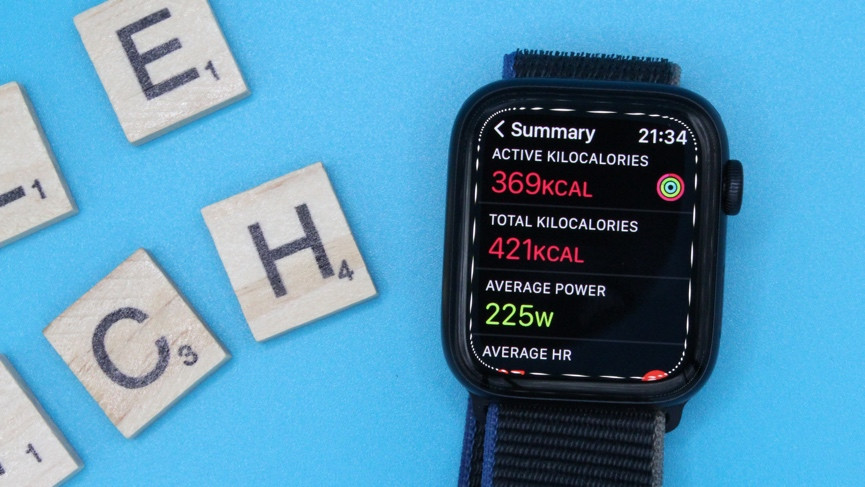
Within all this, at least, the more basic, easy-to-understand metrics are expanding, with things like heart rate zones and running power introduced through watchOS 9.
It's difficult to truly gauge the accuracy of another new feature, sleep stages, but the SE does, at least, stay relatively in line with projections made by other watches and devices we tested against it, such as the Google Nest Hub.
There were never any huge discrepancies within the four stages, and the thing we really look for here - whether the device can accurately log the time we actually fell asleep and when we woke - was bang on the money.
Battery life battles
Wareable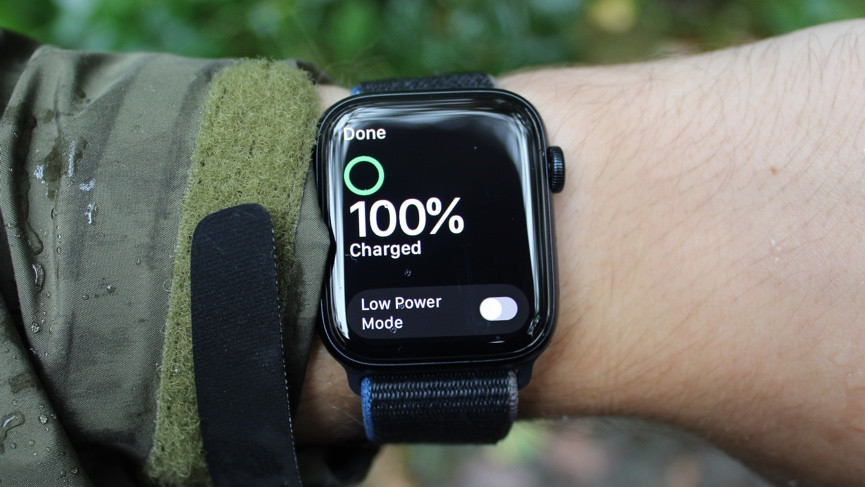
Where the improvements made through watchOS 9 giveth, though, they also take away.
It's true that the core experience is all present and, for the most part, exceptionally intuitive. But not everything about the Apple Watch really makes sense - and battery life continues to be the glaring underlying reason.
The SE simply doesn't have the battery available to match up to some of the features.
The SE rolls with the same 18-hour battery projection as the predecessor (and every Series model ever released), which, on most days, actually proves to be enough to stretch out to a second day after a night of tracked sleep.
With the introduction of things like more advanced sleep tracking, though, the issue with this varying, not-quite-enough battery is it's hard to find the ideal time to recharge.
Wareable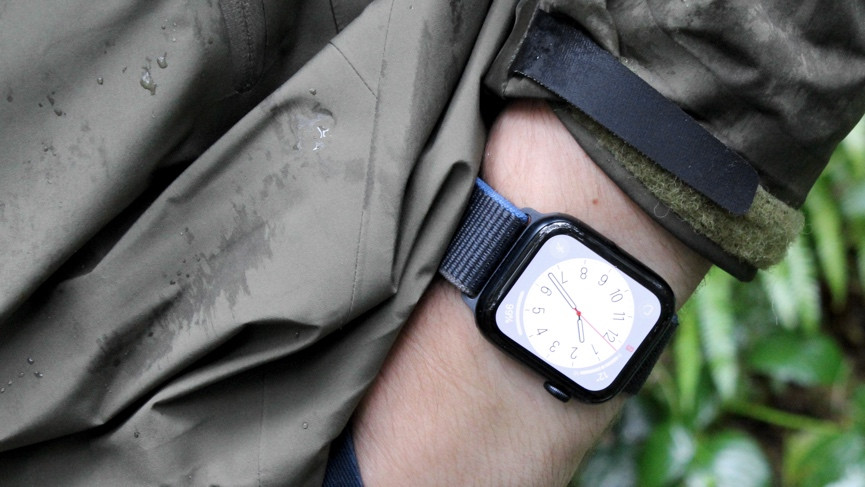
When there was no benefit to wearing the Apple Watch during sleep, there was also no debate in your mind about when to stick it on charge. You would wake up every morning, and your Apple Watch would be raring to go.
Now, there are constant judgment calls to make. Should we charge it overnight and miss out on sleep tracking so the watch is ready for our morning run, or shall we chance it and see if it can squeeze both out?
It's a moot point for those who don't care to wear their watch to sleep, of course, but the fact remains that the SE (and it's not the only culprit in the Apple Watch lineup) simply doesn't have the battery available to match up to some of the features.
It's confounded by the fact that the SE doesn't have the rapid charging found on the Series 8. And while another watchOS 9 addition, Low Power Mode, aims to remedy this issue, it simply represents too big of a sacrifice most of the time.
Should you buy the Apple Watch SE?
Wareable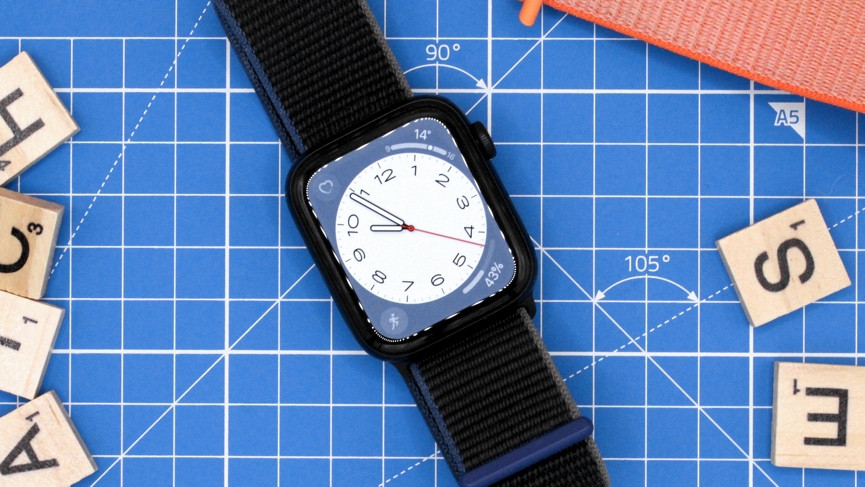
The Apple Watch SE now just sits exactly where it should have all along - well below the Series 8 in terms of design, features, and usability. But that's no bad thing, as it represents a brilliant way for people to get the Apple Watch experience at a more affordable price.
This is a device specifically designed for those new to smartwatches, and, really, those who wouldn't really use all the Series 8 or Ultra have to offer. To that end, it's a real triumph.
Whether you're buying your first smartwatch, are someone a little older, or are trying to find something suitable for your child through Apple Family Setup, the SE is undoubtedly the pick.
It's the best affordable smartwatch for iPhone users, and the nearest competition doesn't really come close.
How we test
